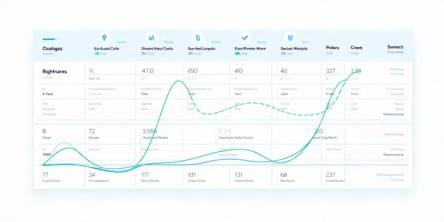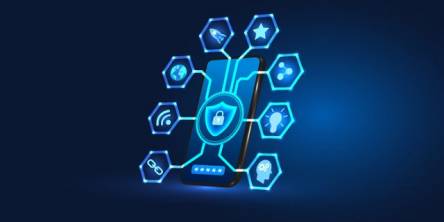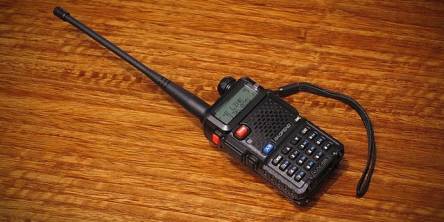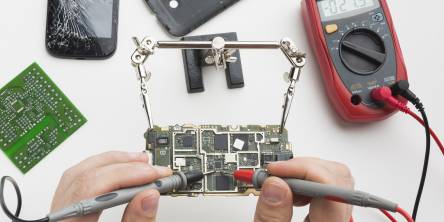Apps and the Future of Remote Healthcare
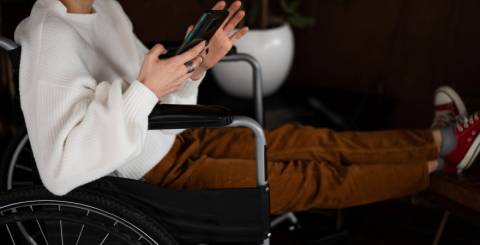
Mobile healthcare apps are completely transforming and revolutionizing the healthcare sector. Mobile apps are improving the communication, efficiency, and quality of healthcare services. Mobile apps can and are being used for online consultation, diagnosis, appointments, supply chain, etc.
Remote Patient Monitoring was still not prevalent in early 2020. The incentive to offer such services was not much and most people prefer face-to-face interaction. Payments and reimbursement methods were another question mark. Then the pandemic made everyone look for alternative physical visits to the doctor and gave the much-needed impetus for increased use of digital technologies in health care services. With this Remote Patient Monitoring has gained rapid strides and is now increasingly prevalent.
The most common and apparent uses of such Remote monitoring via mobile apps are
1. It facilitates immediate access by helping schedule appointments online. It gives easy access to doctors and specialists. In remote area locations, this type of monitoring is even more useful. It helps cut down on travel (where applicable) and the cost of traveling. It is of particular help to elderly patients and people who have chronic health problems.
2. It can help in emergencies by handling emergency cases by notifying the doctor(s).
3. It improves coordination between the patient and hospital staff and doctor(s). It can provide real-time feedback and updates about the health of the patient.
4. Data collection is a continuous process and such apps actively collect data and can send the same to the relevant person(s).
5. Apps used in mobiles or fitness bands and watches keep continuous track of daily activities and health parameters. These logs of health parameters and activity are stored in relevant servers, be it at hospitals or any other health-related service organization.
6. Such apps have been particularly helpful in recent pandemic situations, wherein doctors have had face-to-face conversations and consultations via the app with the patient. This has proved to be extremely helpful.
7. Apps in watches or fitness bands can monitor heart activity and oxygen intake or shortfall. Many apps now directly send alerts to hospitals and family members including the location of the patient.
8. Apps also store patient history, and such information becomes relevant when the patient is monitored remotely or from a distance.
9. Besides heart rate, and oxygen levels, Apps now also monitor weight, blood pressure, cholesterol, and sugar levels, sleep quality, water consumption, and in some cases even cancer.
10. Remote monitoring can also help keep track of medicines and doctors or health staff can remotely add or change medicines required by looking at the patient’s data.
11. Apps and their utility gives immediate access and makes Remote Patient Monitoring useful and viable.
Custom enterprise app development services designed for and around healthcare should have;
•Patient-oriented UI - It should be easily understood by any person, and should have easy-to-use navigation and a simple user interface (UI).
•Secure - The app must have all security compliances in place and should match all international standards.
•Data Integration - The app must be able to easily transfer data between the patient and the healthcare service in a secure way.
•Graphical interface - It must be able to engage the patient with easy-to-understand graphics. Representation of data in graphical format is reassuring.
•Analytics – It is necessary to generate data in usable form, showing health patterns, and trends in tabular and graphical formats.
•Connectivity - The data should be stored so that even if there are connection issues, the app should be able to sync immediately on reconnection.
•Battery optimization – It is necessary since apps run continuously in the background collecting data.
•Updates - Since app development is not a one-time process, apps must be updated to integrate details as needed.
Types of Remote Patient Monitoring apps.
•IoT medical apps – They’re part of wearable gadgets like a watch or a band. Apps generate data from these devices. Since the data is in real-time it ensures proactive treatment.
•Video conferencing apps - They enable patient care from home. These are practical and comfortable options, save on travel, and are especially useful to elderly or disabled people. These are valuable tools in times like the pandemic.
•Questionnaires – One of the popular ways of gathering health data and information. This method is less complex and low budget.
•Payments - reimbursements are easy and efficient and are one of the key advantages of remote healthcare. Mobile technology makes it possible to pay securely from wherever the person is. Recent updates now also allow payments from apps from feature mobile phones, making it one of the easiest and preferred ways of making payments.
It is becoming increasingly clear that Remote Patient Monitoring, i.e monitoring a patient’s health from a distance is nowhere to stay and a much-needed change in perception. The future may see the use of AR and AI in monitoring environments to give patients better care remotely.
Similar Articles
Building lending software isn’t just a technical project—it’s a business decision. Whether you're a fintech founder or part of a traditional lending institution trying to go digital, three questions will shape everything that follows
Learn why robust security is crucial for super app development. Explore key strategies and best practices for mobile app development security.
Walkie-talkies with an extensive reception capacity have changed significantly when it comes to portable communication by displaying cutting-edge features with seamless connectivity that covers more than just the state
USB-C technology has revolutionized the way we charge our devices, offering faster charging speeds, higher power delivery, and universal compatibility across multiple devices
Discover expert mobile app development strategies to create a viral app that attracts users and boosts engagement
Optimize app localization for iOS users across the EU with language, cultural, and regulatory adaptations. Engage users and boost retention with these tips!
Discover the top 10 mobile app development trends of 2024! Explore 5G, AI, AR/VR, blockchain, and more to stay ahead in the ever-evolving app development landscape.
With its triple-lens design and fantastic photo and video quality, the iPhone 11 Pro Max is extensively acknowledged for its superior camera system. But problems can occur with also one of the most advanced technologies. If you're having issues with the iPhone 11 pro max camera lens, knowing the typical problems and how to repair them
Protect your app from threats with AppSealing's robust, all-inclusive security solution. Safeguard user data, ensure compliance, and maintain top performance.

